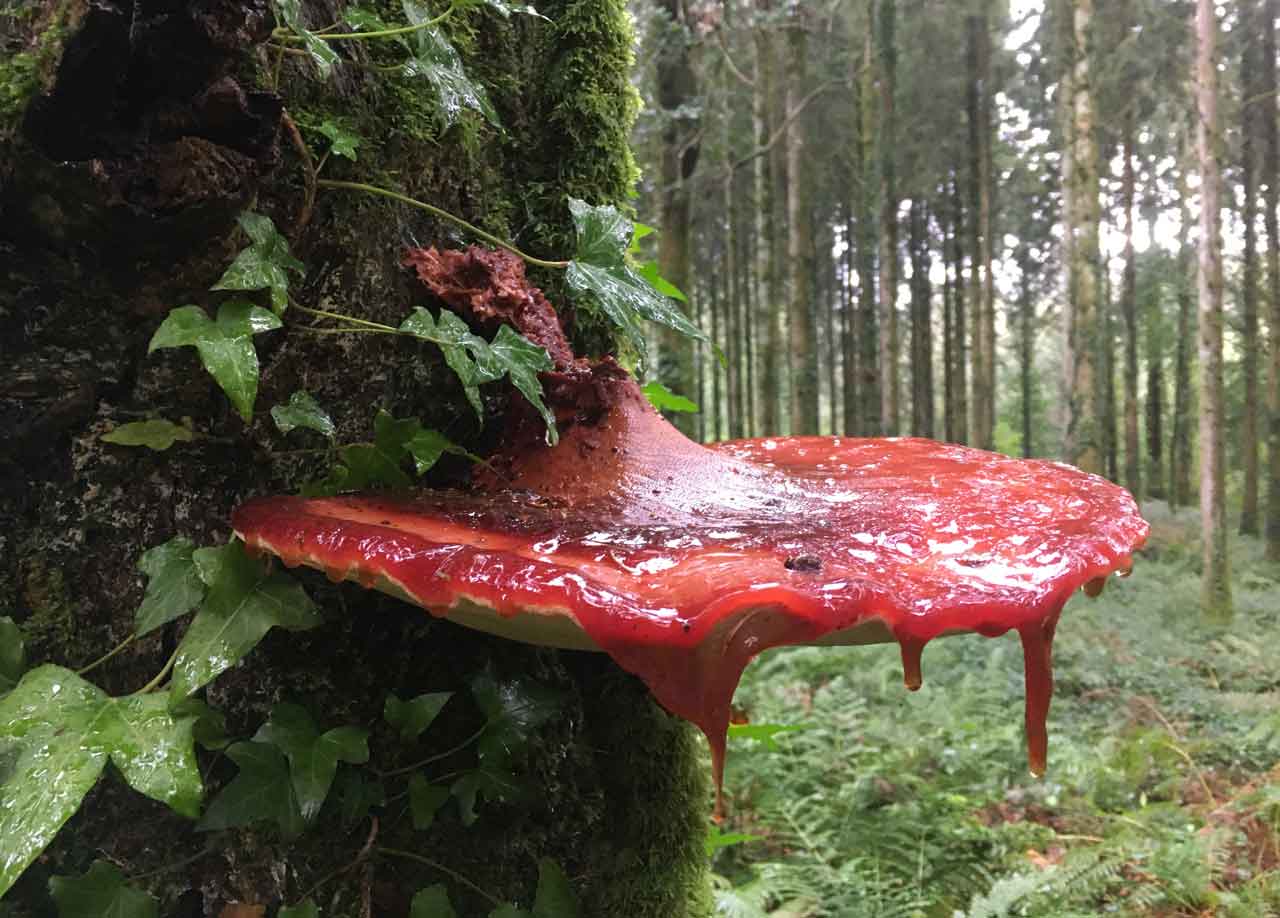From a fungus which oozes a blood like substance, a beetle which lives in a cocoon made from faeces and a duck which fancies itself as a bit of a James Bond, they’re all in the weird and wonderful wildlife of our woods.
The Woodland Trust has compiled a list of ten unique, beautiful and in some cases rather gruesome species in our woods, many of which are under threat.
Some will be unknown to most, one or two may be more commonly recognised, but all have a unique tale to tell.
The Woodland Trust’s recent State of the UK’s Woods and Trees report showed that woodland wildlife is declining, and only 7% of our woodlands are in good ecological condition.
Alastair Hotchkiss, conservation advisor at the Woodland Trust, said we need to act now to protect and restore nature.
He continued: “Now more than ever before, with the climate change and biodiversity crises, do we need to protect and restore the UK’s natural environments.
“These ten species are just the tip of the iceberg (or the mushroom poking up from the soil’s vast mycelial web!) of secrets that our woodland habitats hold. Every species can tell us a story, everything has a role to play, and we have so much still to learn. We must do our best to make sure we don’t lose them.”
Here are ten special species:
1) Stinkhorn (Phallus impudicus): Pungent and a little indecent, some Victorians were so embarrassed by these woodland fungi that they would attack them with cudgels.
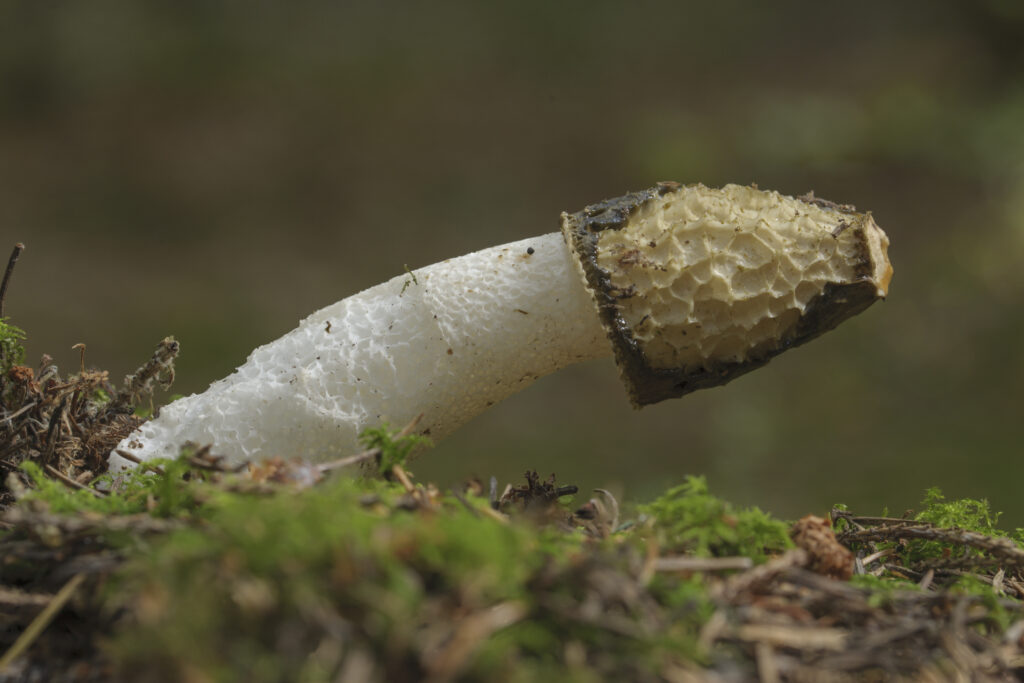
Usually smelt before they are seen, the scientific name comes from its phallic shape which gave rise to several rude names in 17th-century England. It was used in medieval times as a cure for gout and as a love potion, and more recent scientific evidence has found it might have potential medicinal use for venous thrombosis.
2) Goldeneye (Bucephala clangula): Not the James Bond movie, but a duck that lives in trees, nesting in natural cavities or old woodpecker nests.
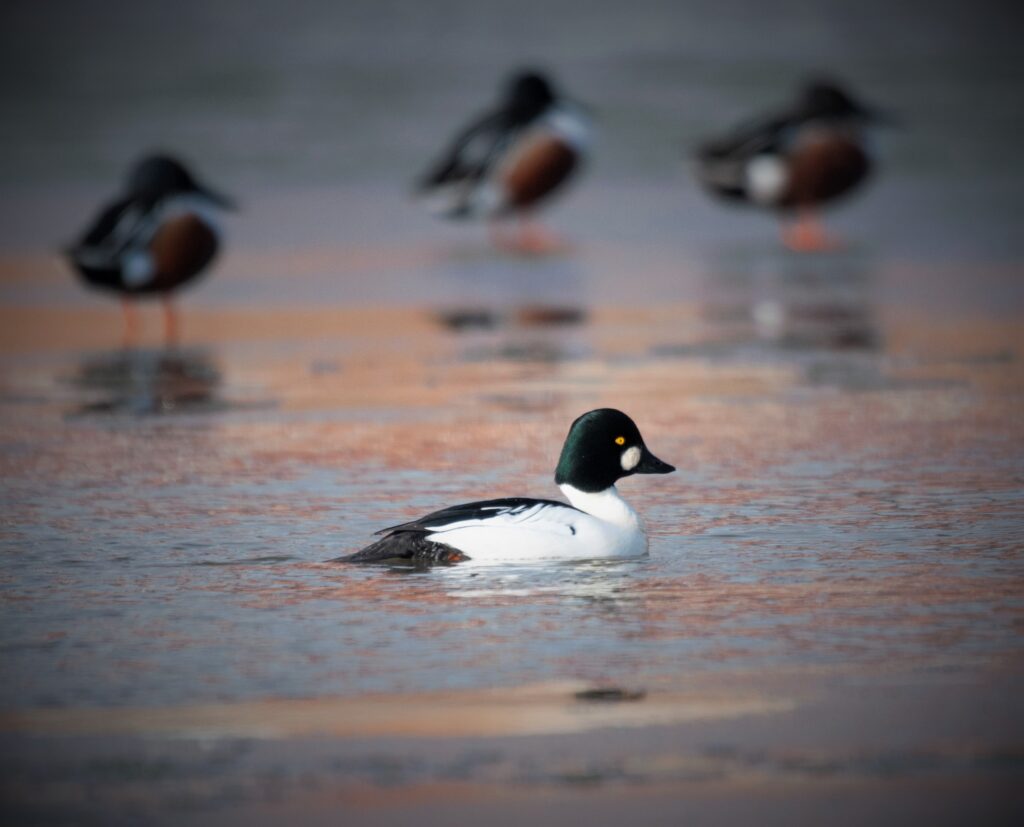
Like Bond’s leap off the dam in the opening movie scene, the one-day-old goldeneye chicks must hurl themselves (without a bungee) from as high as 30ft up a tree, with just their mother’s calls of encouragement as they tumble. One of many species that rely on the unique combo of woods and water, these birds are scarce breeders in the UK, mainly around the Cairngorms, but they roam across the UK during the winter.
3) String-of-sausages lichen (Usnea articulata): As the name suggests, this lichen resembles a miniature string of sausages, although their glaucous colour is less appetising.
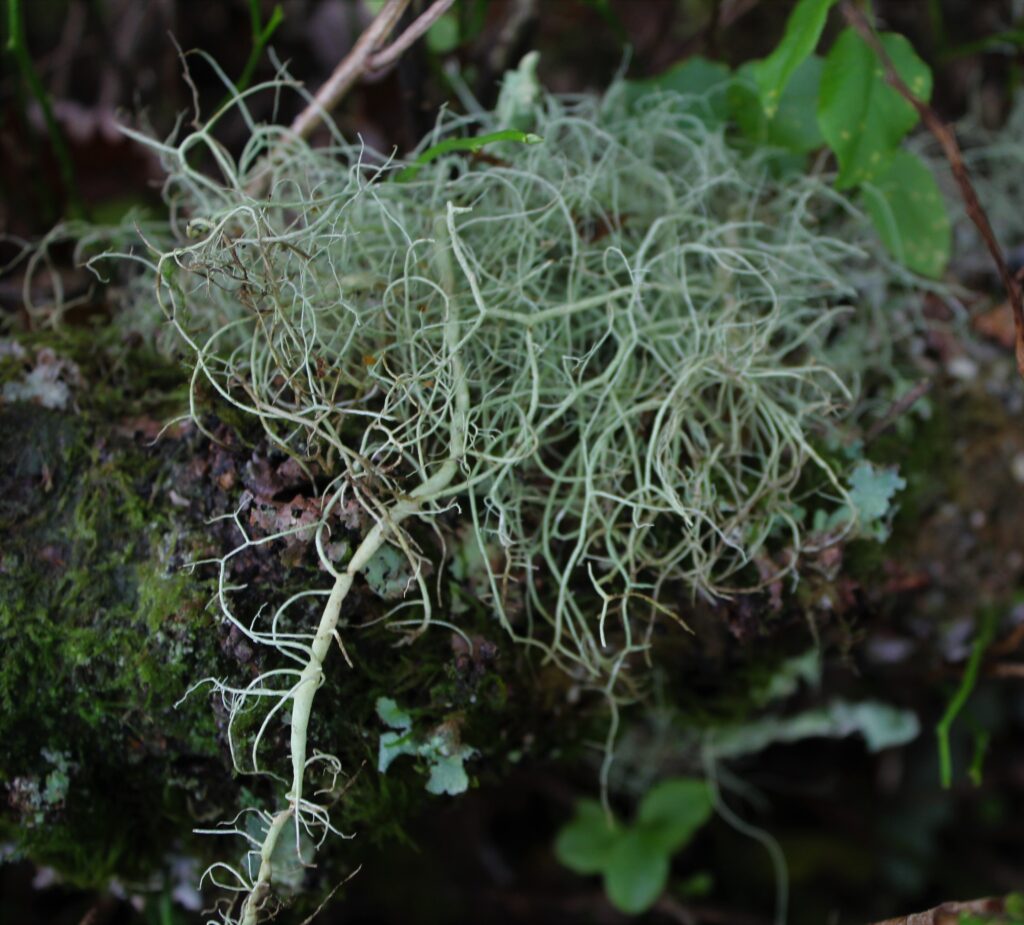
Despite its silly name, it tells a tale of a serious problem; like many lichens, the string of sausages is extremely sensitive to air quality and is mainly restricted to places well away from the worst of industrial pollution. These ‘fairy butcher shops’ are draped over branches in the cleaner air of places like Dartmoor in Devon and south-west Wales. Recent evidence has revealed that Usnea lichens have anti-cancer properties, effective against human breast and lung cancer cells.
4) The beefsteak fungus (Fistulina hepatica) (Pictured top of page): Sticky and gruesome, beefsteak is a woodland fungus with the disconcerting appearance of a raw cut of meat. It even oozes a blood-like substance when cut. Usually found in broadleaved woodland, on the trunks of oak trees and sometimes on stumps.
The species is an ‘ecosystem engineer’ – decaying the heartwood of oaks, hollowing out ancient trees and leaving the biscuit-like red rot inside to provide life to hundreds of other species of invertebrates and fungi, and holes for nesting birds and other tree-hole dwelling wildlife.
5) Knothole yoke-moss (Zygodon forsteri): This moss is globally rare, surviving at just three sites in Britain. This is because of its extreme specialism, another which is entirely reliant upon the variety of micro-habitats provided by ancient and veteran trees – it is water-filled rot-holes in living trees that take this species’ fancy.
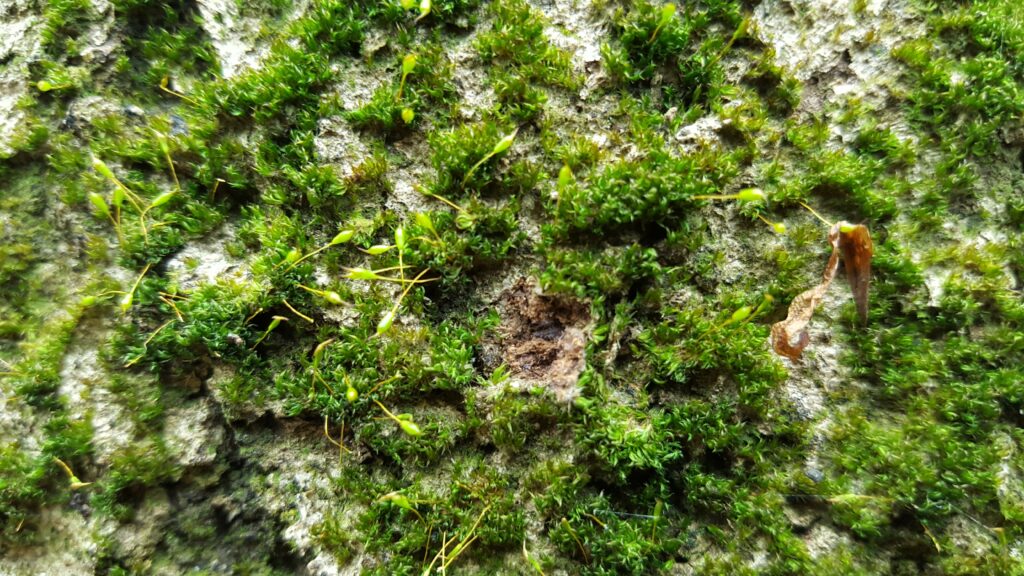
Most of the trees it survives on are ancient beech pollards in the New Forest, and London outskirts like Epping and Burnham Beeches. A perfect example of why protecting our ‘living legends’ helps all sorts of other life forms too.
6) Hazel pot beetle (Cryptocephalus coryli): One of the UK’s rarest insects, reliant on wooded ‘ecotones’ – the transitions between more densely treed to more open vegetation with scrub, heath and scattered trees.
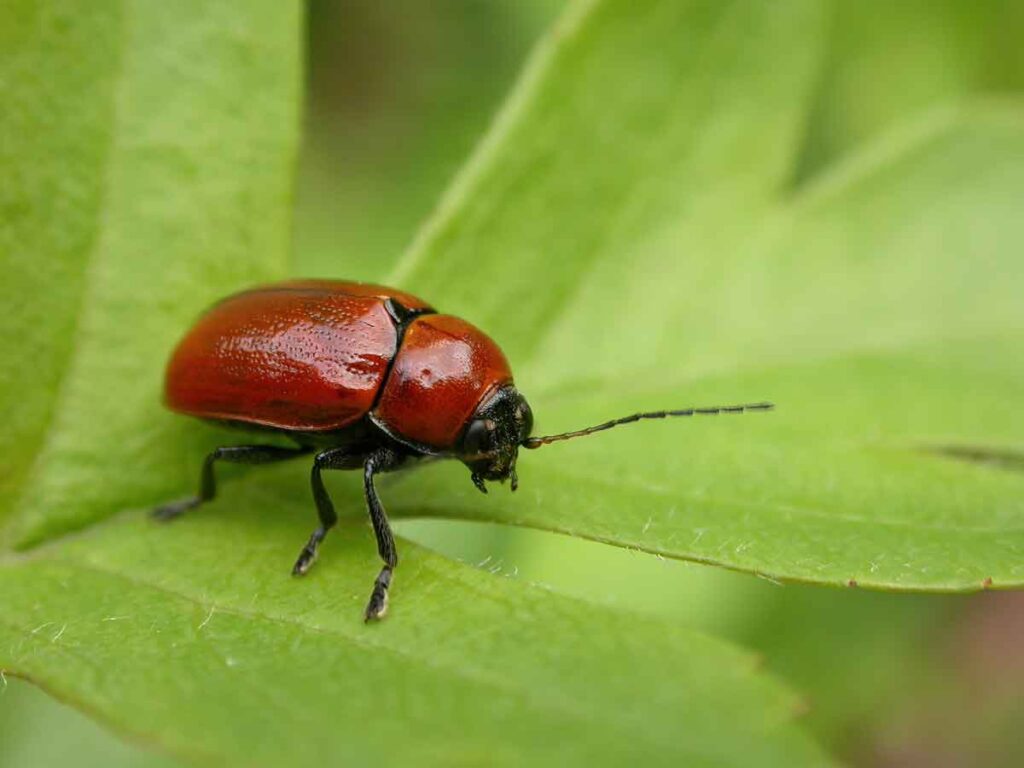
Once widespread across southern counties, it declined greatly during the last century to become one of the UK’s rarest insects – Sherwood Forest, the legendary home of Robin Hood is one of the only known remaining sites. The ‘pot’ is where the egg is laid and larvae live – in a protective shell-like cocoon or ‘pot’, that is created using the beetle’s own faeces!
7) Eagle’s claw lichen (Anaptychia ciliaris): Looking like the talons of an eagle clinging to a tree trunk, this species tells one story of the chain of doom facing many species. Once more common across the UK, it was hit by the loss of elms from our landscapes.
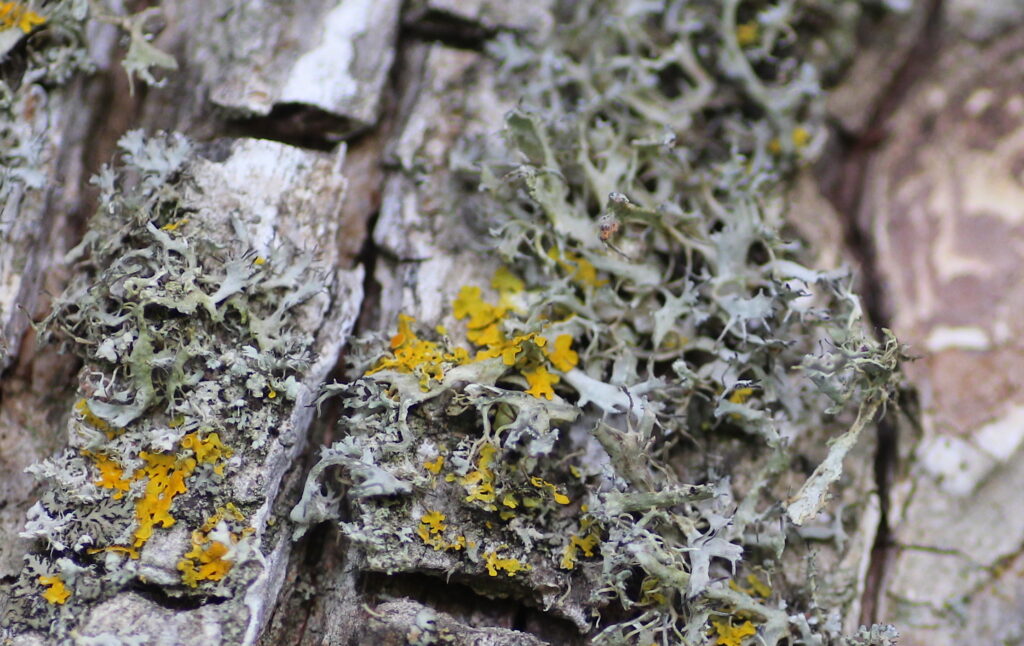
Like many lichens it is sensitive to air pollution, from acidic sulphur dioxide and nitrogen oxides to excessive enrichment from ammonia. It now faces the loss of trees to ash dieback, and is running out of options for the right sorts of trees in places with relatively clean air – restricting it to just a few places mainly in south west England and the Welsh borders, and very rare elsewhere.
8) Wasp banded comb horn (Ctenophora flaveolata): Mimicking something that could give a nasty sting, the wasp-banded comb horn is a harmless species of cranefly.
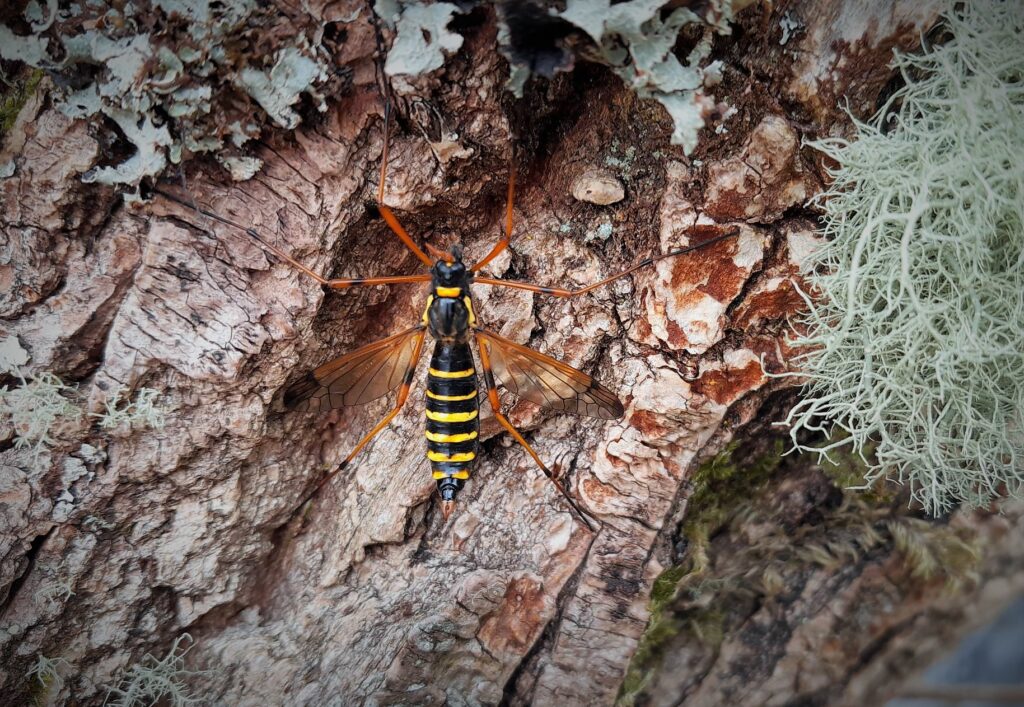
Looking like a souped-up daddy long-legs, it’s a striking specialist of old wooded landscapes where its larvae live in the decaying wood inside big old trees. It’s a scarce species in England, and even rarer in Wales where it’s a priority for the Natur am Byth! project to save Wales’ threatened species.
9) Lesser horseshoe bat (Rhinolophus hipposideros): With its horseshoe-shaped nose, it’s like a flying symbol of good fortune in the woods, unless that is, you are a small moth, midge or mosquito about to be caught.
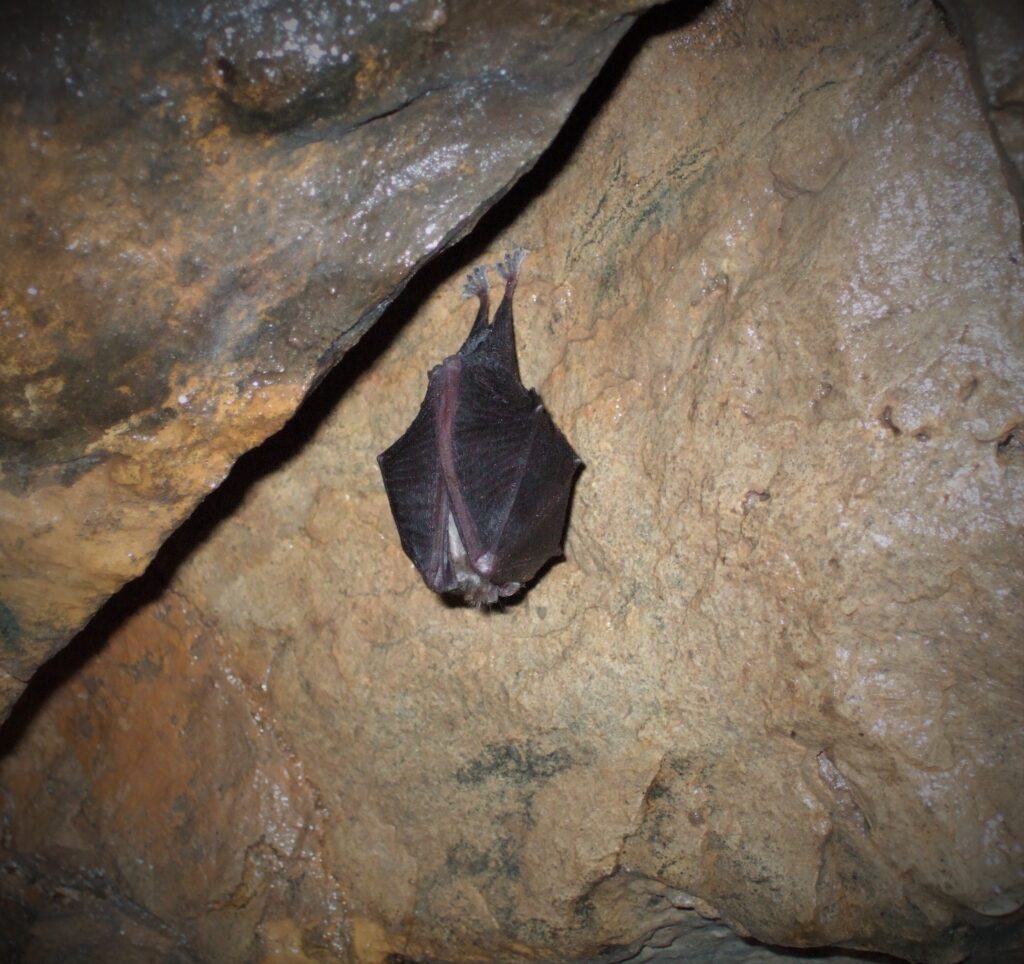
Although many bats roost inside trees, horseshoe bats mainly roost in caves, mines and posh stately homes, but these tend to be in well wooded landscapes. The bats like the cover and abundance of small insect prey in woods, where their manoeuvrable flight enables them to twist and turn in amongst trees with ease. At rest, it hangs Dracula-style, with its wings wrapped around its plum-sized body.
10) Deceptive featherwort (Pseudomarsupidium decipiens): Loose cushions of this shiny liverwort grow on the sides of rocks in very humid or boulder-strewn woodlands in western Britain and Ireland.

Characteristic of UK temperate rainforest – a habitat under a multitude of threats, from air pollution to invasive rhododendron. Its British localities are its northernmost in the world, and it is also known from tropical Africa, South America and the Caribbean. So, it really is a link to the tropical forests that folk probably think about more than our own UK rainforests!
